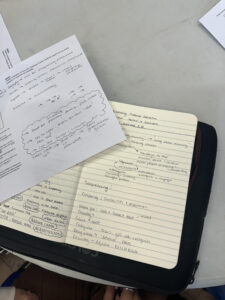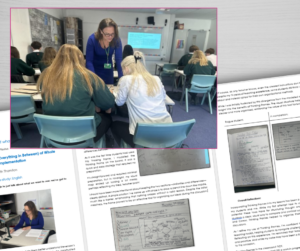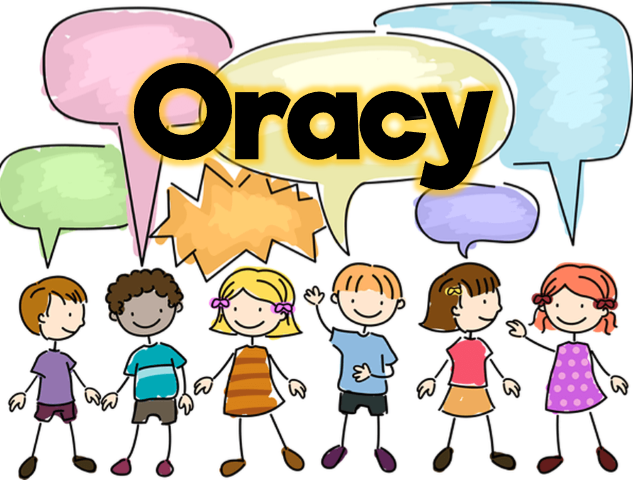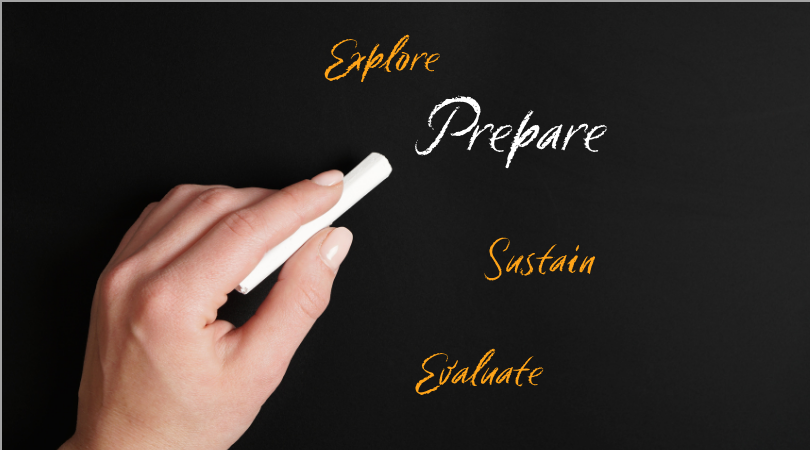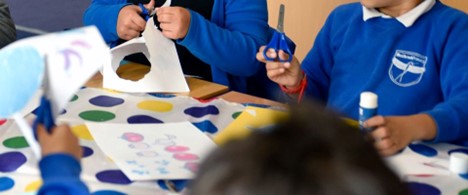Part 4: It was the best of times - it was the worst of times
The Ups and Downs (and everything in between) of whole school implementation
Embedding cultural change in a large secondary school comes with challenges. In this sequence of short blogs, Assistant Head Teacher Ruth Thornton shares the steps Wildern School have taken to build a long-lasting commitment to the development metacognition and self-regulation.
By Ruth Thornton
So, we met with our Metacognition Development Group this evening and Dickens sums it up brilliantly...
“It was the best of times, it was the worst of times, it was the age of wisdom, it was the age of foolishness… it was the season of Light, it was the season of Darkness.”
– A Tale of Two Cities. Dickens
Challenging questions...
We had some great discussions tonight, and the best (but also hardest) thing about our team is that they are not afraid to ask challenging questions – questioning the rationale, the Thinking Frames themselves, and challenging the assumptions we might have made about their implementation in the classroom. Tonight’s meeting was definitely a ‘squeaky bum time’ moment, pushing us all to reflect deeply and keeping me on my toes!
Accompanying this blog series are a selection of ‘walkthru’ classroom case-studies, provided by the team at Wildern School.
Click here to visit the Members Dashboard
I think – I hope – we have managed to foster an environment with openness and trust at the heart of our working group. It’s been crucial to ensure that our drive team feels empowered to challenge the process, engineer the next steps, and have a voice in implementing the tools across our school. As the drive team, our champions, they’re the ones who will determine the direction we take: the goal, the route, and any redirections along the way.
The Drive Team
Getting the right people for your Drive Team is crucial. While we are fortunate with those who signed up, we’ve worked hard to foster an open, honest, and transparent environment. You want people who will speak up, ask difficult questions, and care enough to challenge ideas and offer alternative solutions
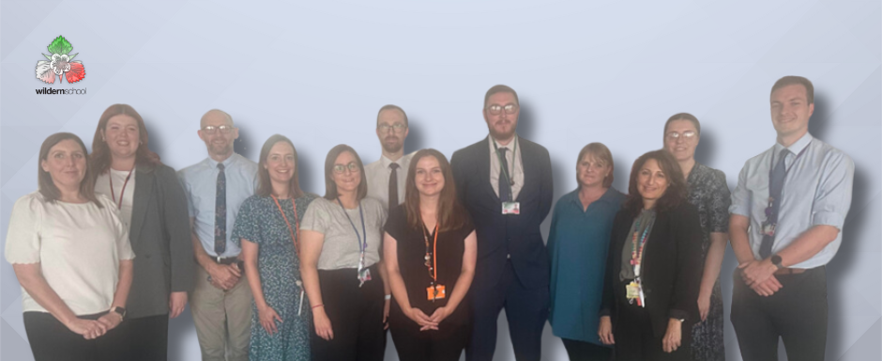
Getting the right people for your drive team is crucial. While we are fortunate with those who signed up, we’ve worked hard to foster an open, honest, and transparent environment. You want people who will speak up, ask difficult questions, and care enough to challenge ideas and offer alternative solutions.
We struck gold with our team, and I believe we’ve set it up in the right way. But I haven’t done it alone. The group is co-led by Nicole, our Thinking Hard advocate and programme lead for our most able students. I wouldn’t have gotten through the first phase of implementation — our ‘explore’ phase (EEF implementation planning) — without her. I definitely would have lost the plot on more than one occasion.
Having someone to share ideas with, collaborate on training materials, and develop case studies to share, as well as structure the next phase of implementation, has been invaluable. Even bouncing around ideas for the name of our drive team — the list is endless. Nicole’s support has been key throughout.
Stop, collaborate and listen.
Vanilla Ice says it best with: “stop, collaborate and listen.” (Apologies if Ice Ice Baby is stuck in your heads for the rest of the day as it has been in mine!)
But collaboration is powerful. As a leader, it’s easy to work in isolation to get things done quickly. However, co-leading the group with Nicole—my partner in crime—has been one of the highlights of my career.
From the start, Nicole and I, with Adam’s support, were very clear with the group about how we intended to work together and what each member’s role would be before they signed up. We’ve stayed true to our word: our implementation plan has been driven by them, with feedback coming directly from those in the classroom—the ones best positioned to reflect on what works and what doesn’t.
Our Development Group has not only delivered but exceeded our expectations. They’ve consistently shown up—even after long days, feeling frazzled and worn down. Not only have they shown up, but they’ve also been fully present, attending workshops in their own time, with only the promise of driving change and gaining some professional development for themselves. Despite the midweek hump (Wednesday meetings!), they’ve always found the energy to engage, share examples, support one another, and push each other to think more deeply. This group has been an incredibly rewarding experience.
I hope it has empowered our team, making them feel part of something where their voices are truly valued.
Don’t take my word for it, here a few takeaways from our team:
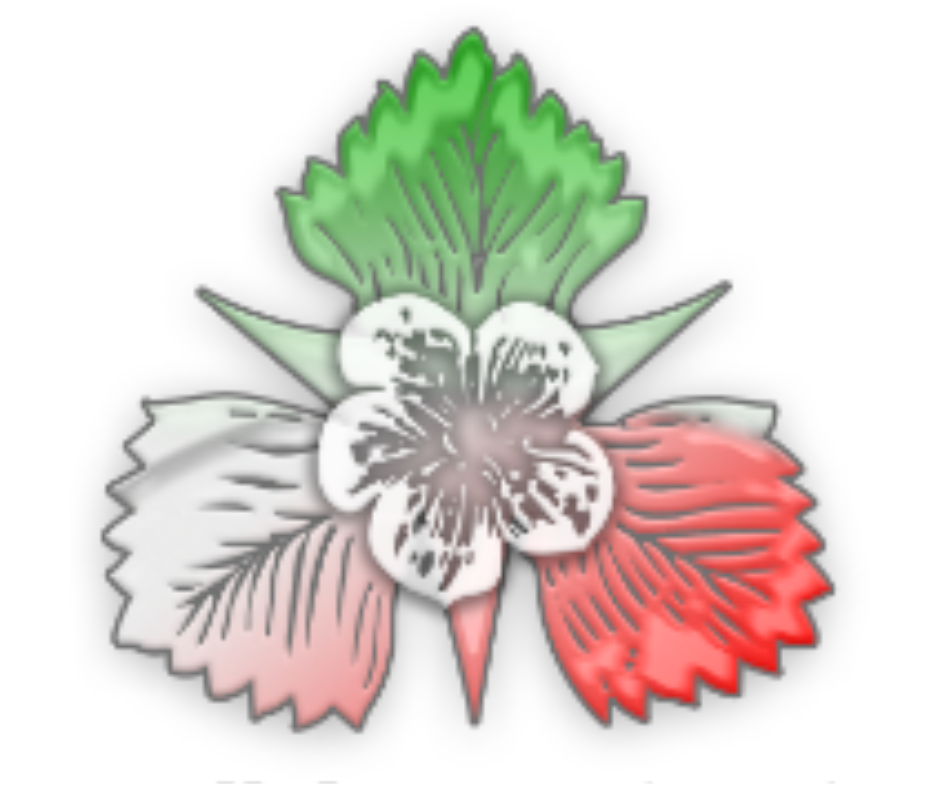




The Meeting...
So, back to tonight’s meeting and the ‘squeaky bum time’ moment…
One of our group members, who has been with us from the start, asked, “What if staff ask me why they can’t just use a Venn diagram? What do I say?”
And it’s a fair question.
If we hadn’t convinced our drive team yet, what hope did we have with the rest of our staff in a couple of weeks? But then I remembered the old ‘swan’ analogy and tried not to show the fear in my eyes as I communicated the reasons behind our decision to introduce the Thinking Frames at our school: a remarkably useful visual scaffold to help make the thinking process visible in the classroom.
This moment also presented an opportunity for our group to refine our thinking and revisit the reasons for launching the Thinking Frames with the entire staff body in a couple of weeks:
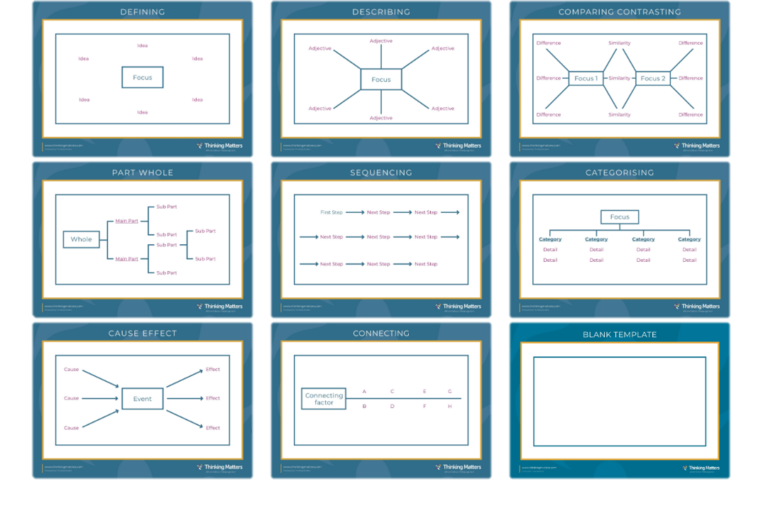
Our Reasons why:
- A Common Approach: The frames are tweaks on what staff are likely already doing. Having them as a mechanism to shape students’ thinking provides us with a common tool to use.
- Transferable Skills: With a common tool, we reduce cognitive overload for our students and explicitly make links between thinking in different subject domains.
- Cues: Changing habits is hard. Having cues written into our Schemes of Learning and resources helps our teachers embed this way of working into their practice.
- Visible Thinking for All: We now have quick ways of checking students’ understanding.
- Evidence-Informed: The Thinking Frames have been carefully designed based on our knowledge of cognitive science and have been tried and tested in many other contexts.
- Pimping It Up: To achieve the best outcomes, we need to use evidence of what works to think about how to implement strategies effectively. We believe the Thinking Frames will help us do just that: do the good things, but better!
So, tonight’s meeting really was “the best of times” and, for one tiny second, “the worst of times”. Whatever happens on your journey – just don’t do it alone!
Whether you're looking to support individual staff CPD projects, seeking guidance on leading whole-school change, or perhaps you want to provide additional support for in-school action research groups...
Simply get in touch for a free (no-strings) advisory conversation with a TM consultant.
